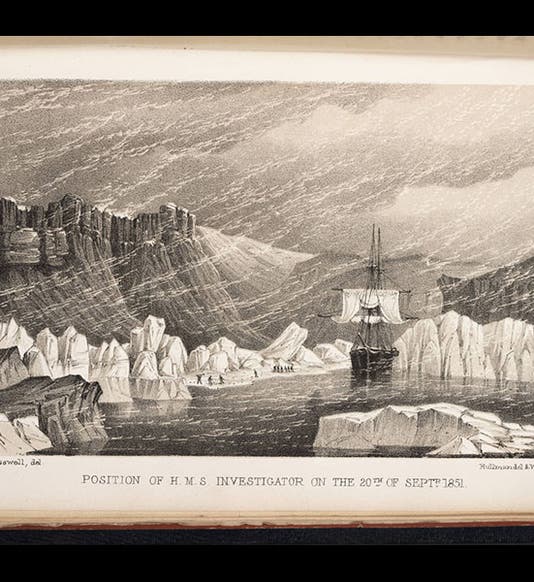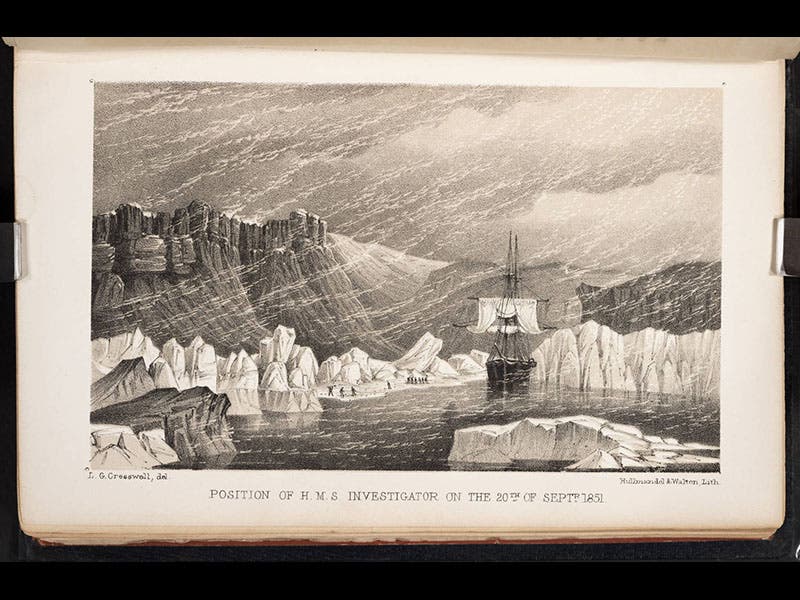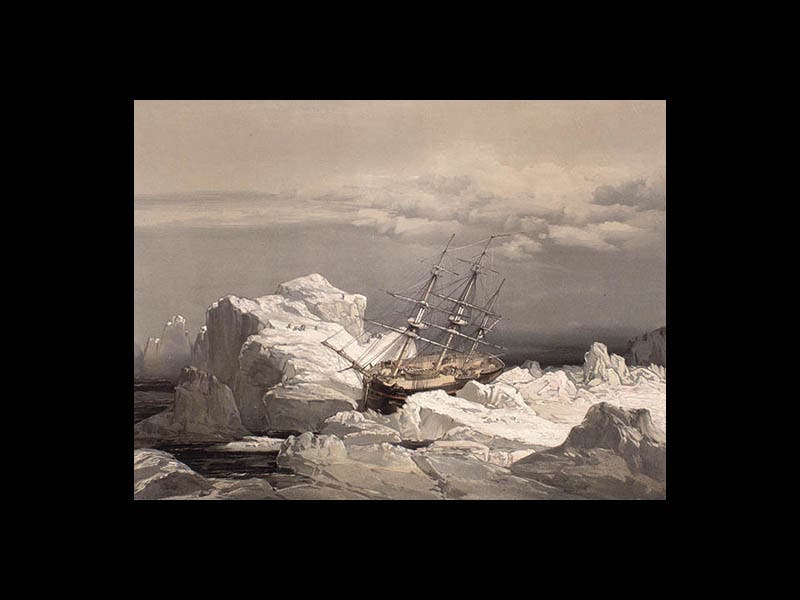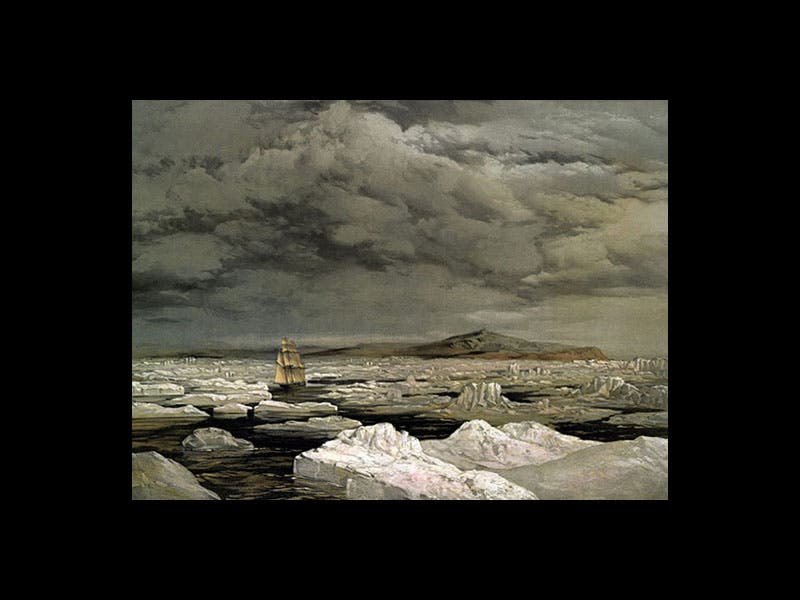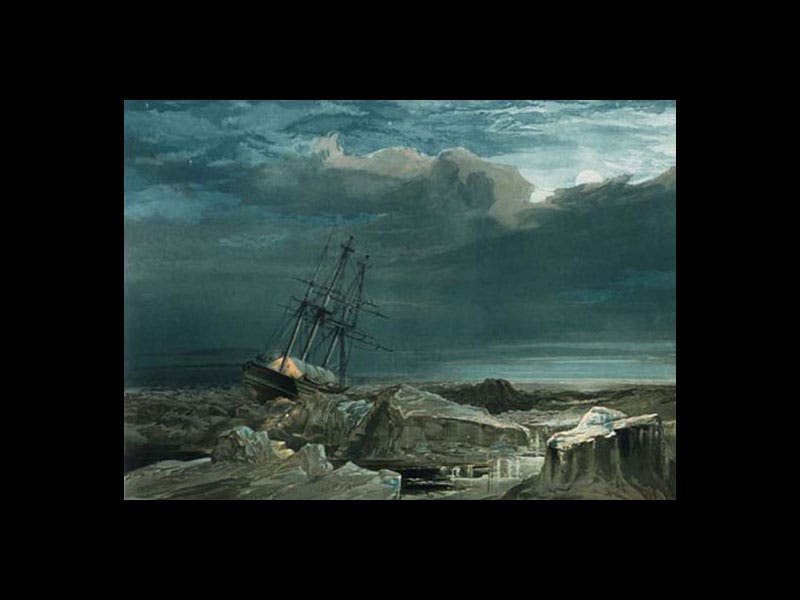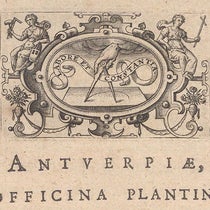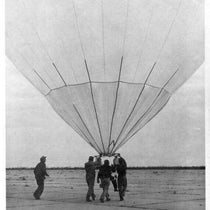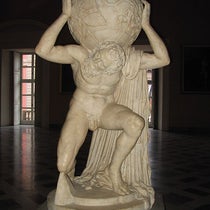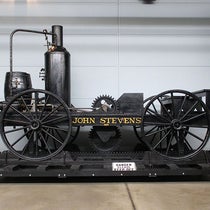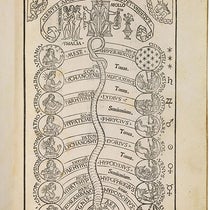Scientist of the Day - Samuel Gurney Cresswell
Samuel Gurney Cresswell, a lieutenant in the British Royal Navy, died Aug. 14, 1867, at the age of 39; we do not know the day of his birth. In 1850, Cresswell set sail as second-in-command on HMS Investigator, the mission of which was to search for the missing crew and vessels of Sir John Franklin somewhere in the Arctic archipelago. The Investigator was to sail east from the Bering Strait and attempt to navigate the still-unnavigated Northwest passage from the west; she was commanded by Robert McClure. The ship made it about half-way across but was frozen in the ice in 1851 and would never thaw out. They were in sight of Melville Island, which the British had reached from the other direction in 1819-20, but could not budge. After two years of frozen misery and the onset of scurvy, the Investigator was discovered by a sledge expedition that had set out from HMS Resolute, which was itself frozen in further east at Melville Sound.
The sledge expedition, let by Lt. Pim, took McClure and a few very sick men back with it to the Resolute, and Cresswell was given instructions, if no one had returned by Apr. 15, 1853 (just two weeks later), to abandon the ship and sledge out eastward with the rest of the men. On Apr. 15, Cresswell did what he was told, leading a party of thirty in all and pulling two sledges. After a journey of 170 miles and 16 days, they reached HMS Resolute and were welcomed by McClure and Captain Kellett, commander of the Resolute. The Resolute was a part of a five-ship search expedition, led by Edward Belcher, but four of the ships were imprisoned in the ice. Only one ship was going anywhere, and that was a supply ship. So Cresswell was sent back to England to carry news of the fate of the Investigator and the Resolute and her fellow ships. Once he cleared Baffin Bay, Cresswell became the first man to navigate the entire Northwest Passage from one end to the other, even though 170 miles of it was on foot. The Admiralty had offered a prize of £10,000 for the first man to accomplish this feat, but when Capt. McClure arrived in England the next year, he claimed the prize, as the commanding officer, and as usually happens when a lieutenant goes up against a captain, McClure won and received the monetary award in 1856. Poor Cresswell was rewarded with nothing but a complete loss of his health, which slowly declined and led to his demise 11 years later.
Cresswell's principal legacy was a suite of 8 colored lithographs, based on sketches made by himself, depicting events of the voyage of the Investigator. These were large prints, issued in a portfolio, with paragraph-length captions printed separately. The set is very scarce and quite expensive when it does sell; we do not have one in the History of Science Collection, but we do have a very nice full-size color facsimile set that is an acceptable surrogate for the real thing for the time being. The Scott Polar Research Institute at Cambridge University has two sets, both of which they have online, but with small images. We display above some of the prints from various online sources, as well as one original Cresswell painting that is in the Norfolk Records Office in Norwich (fifth image). We do have one original Cresswell lithograph in our collection, a smaller view of the Investigator that was printed in the McClure’s account of the voyage of the Investigator (1859; first image).
For more on the Resolute and the Investigator, see the online catalogue of our 2009 exhibition, Ice: A Victorian Romance, starting here, and advancing in a leisurely fashion through the next 15 items, all related to the search for Franklin. The Investigator is mentioned in items 41, 43, 45, and 46, and the Resolute in items 43, 44, and 45.
Dr. William B. Ashworth, Jr., Consultant for the History of Science, Linda Hall Library and Associate Professor, Department of History, University of Missouri-Kansas City. Comments or corrections are welcome; please direct to ashworthw@umkc.edu.

